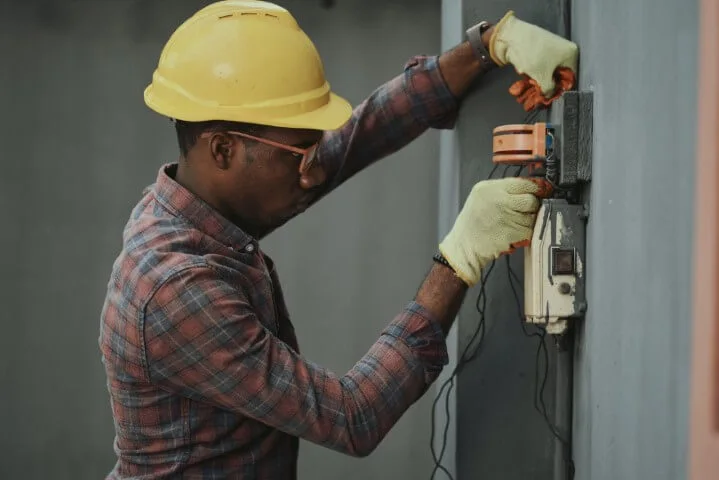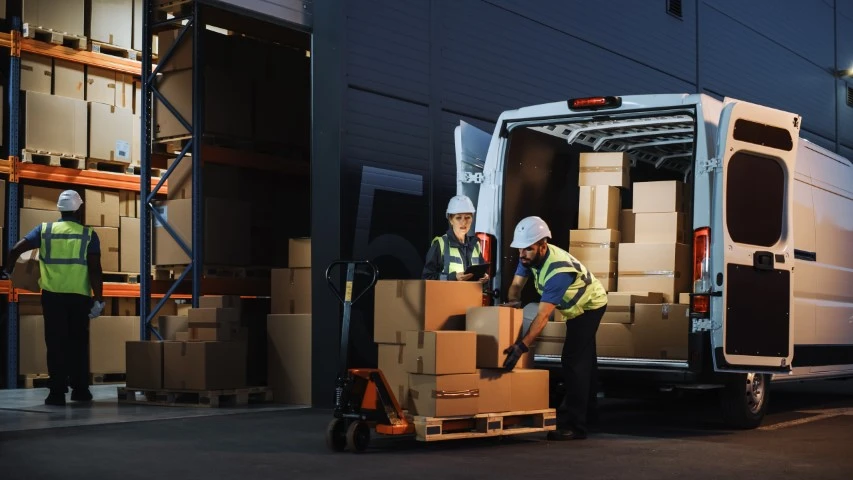Verdantix Building Decarbonization Survey: The Reality Check The Industry Needs
Verdantix Building Decarbonization Survey: The Reality Check The Industry Needs
The interconnection between carbon, resilience and financial performance is undergoing rapid transformation, as regulators, insurers, lenders and tenants increasingly recognize the importance of these factors. This shift in perspective is underscored by the rising allocation of capital toward decarbonization and climate resilience initiatives, which are progressively influencing the broader financial landscape. To gain a clear, data-driven view of this trend, Verdantix recently surveyed 300 real estate executives across EMEA, APAC and the Americas on where building decarbonization investment currently stands for office, retail and healthcare portfolios. The results were staggering – yet not entirely surprising. Almost daily, the news is populated with reports of net zero targets missed, half-baked government policies launched (and often quietly walked back) and escalating climate disasters. So what is the state of building decarbonization against this backdrop?
The survey findings are grim yet conservative, indicating that healthcare institutions must invest an additional $22.7 million per organization globally – on top of the $19.3 million already allocated – to achieve full portfolio coverage of operational and supply chain decarbonization initiatives. To fully implement decarbonization and electrification efforts across operations and energy supply chains, global office portfolios will need to double their current planned investment of $30.8 million. Global retail portfolios are also facing a significant investment gap. Each retail firm must commit an additional $27.9 million, beyond the currently planned $21.4 million, over the next three years to reach full coverage of decarbonization goals.
Reporting on these findings is not an academic exercise or a moral commentary on climate action. It is a commercial reality check.
Some players have already stepped up – retail, healthcare and office portfolios included. For large owners, these actions should signal confidence: decarbonization at scale is not just possible, it’s already happening. For smaller players, or those unsure if this should even be a priority, it is worth asking: where does risk actually preside within your portfolio? Maybe buildings aren’t your biggest emissions source. Maybe the payback timelines still look too long. But the risks are pervasive and stubbornly refuse to be overlooked. Inaction is proving to be an increasingly costly choice. And let’s be honest, given the recent power outages in Spain, one can’t help but think a well-placed microgrid might have come in handy.
Building owners do not have to overhaul everything overnight, but they cannot afford to ignore the direction of travel. As highlighted by the building decarbonization report, tariffs, global economic volatility, an increasingly strained energy grid, extreme weather and skyrocketing insurance costs are not future threats. They’re playing out in real time, and buildings sit squarely at the centre of many of those risks.
Where should building owners start? Get specific. Tools such as the CRREM Risk Assessment Tool can help owners evaluate the transition risk of carbon-intensive assets by projecting performance against decarbonization pathways and identifying “stranding years” – the point at which a building will no longer align with regulatory or financial thresholds. Gravity’s gr platform takes this further by using your actual operational data – across energy use, occupancy and asset condition – to model the ROI, risk exposure and timelines for retrofit projects. It helps prioritize actions with the strongest financial and environmental return, while surfacing financing mechanisms, tax incentives and qualified vendors to accelerate implementation.
Owners do not need a full roadmap to take the first step – but they do need visibility.
Here’s how some firms are already decarbonizing, and what can be learned from their playbooks.
- Office | Empire State Realty Trust
$225 million green bond backed by deep operational data and proven retrofit performance. Lesson: start tracking now.
- Retail | Unibail-Rodamco-Westfield
$851 million green bond tied to portfolio-wide certifications and strict reporting. Lesson: build credibility through verifiable ratings and credentials.
- Healthcare | Valley Children’s Hospital
Approximately half of the cost of building a renewable energy microgrid at the main campus was covered by direct payments under the Inflation Reduction Act. Lesson: take advantage of local and federal funding.
These examples are not niche pilot projects – they are practical blueprints. The capital is available. The only question is: where to start?























